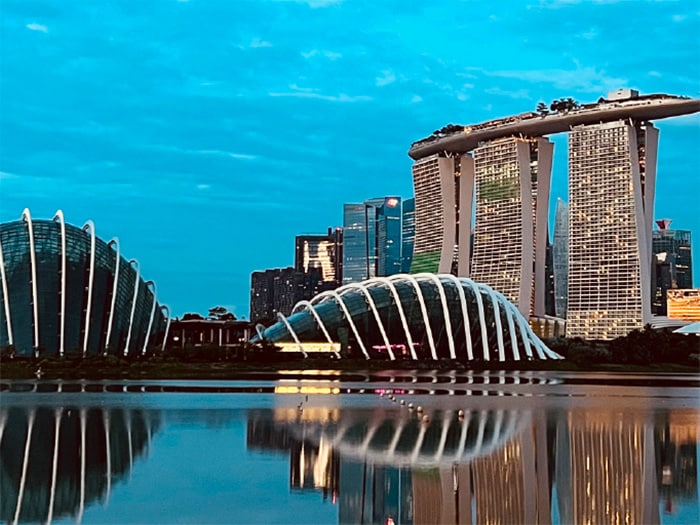
DNV joins Singapore methanol bunkering initiative
Written by Nick Blenkey
Singapore, the largest bunkering port globally, is preparing for a multi-fuel future that includes methanol. [Photo:DNV]
As Singapore, the world’s largest bunkering port, prepares for a multi-fuel future, DNV has joined a working group on methanol bunkering, managed by the Standards Development Organization at the Singapore Chemical Industry Council (SCIC-SDO). The multi-stakeholder working group will develop a Technical Reference (TR) for methanol bunkering .
The TR will cover custody transfer requirements (quantity and quality) for the delivery of methanol as a bunker fuel. It will examine all aspects of bunkering, from the bunker tanker to the receiving vessels, examining the operational and safety requirements for methanol bunkering, as well as crew training and competency.
“Initiatives like the Working Group established by SCIC-SDO, are essential as the energy transition accelerates, and the maritime industry moves towards a multi-fuel future,” said Cristina Saenz de Santa Maria, regional manager South East Asia, Pacific & India at DNV Maritime. “For methanol and other alternative fuels to continue to build traction within shipping, we need to build confidence and encourage a wider uptake. This can only be accomplished through standards that enhance safety while providing a comprehensive and practical framework for all stakeholders. At DNV we have been working with our customers for many years on alternative fuels to enhance the sustainability of their operations and are very proud to be included in the Standards Working Group.”
METHANOL GAINING GROUND ON LNG
The announcement of the development of the TR comes alongside record-breaking orders for vessels capable of using alternative fuels. Underscoring the growing interest in methanol as a marine fuel, DNV’s Alternative Fuels Insight (AFI) platform, which tracks orders and bunkering locations for alternative fuels, logged orders for 35 methanol-fuelled vessels in 2022 – more than the 26 vessels currently in operation. Likewise for LNG, the most popular alternative fuel to date, the newbuilding orders in 2021 and 2022 will more than double the fleet in service upon delivery.
“Interest in methanol is growing rapidly, gaining ground on the most widely adopted alternative option LNG,” said Lukasz Luwanski, regional business development director at DNV Maritime. “Designs for methanol-fuelled vessels tend to be less complex, which means construction is typically less expensive than a comparable LNG fueled vessel. On the other hand, due to incoming GHG regulations, a switch to ‘green’ methanol will be required much sooner than for a vessel that is LNG powered. This will make the Working Group’s TR a very timely and important reference point for the industry.”
DNV notes that it was the first classification society to release a notation covering all aspects of using low flashpoint fuels, including safe design, fire safety, control and monitoring. It has regularly built on these recommendations, including the Alternative Fuels for Containerships document, which was recently updated with a new chapter covering methanol and aims to provide neutral, fact-based, and scientifically sound decision support for newbuilding projects in the segment.




